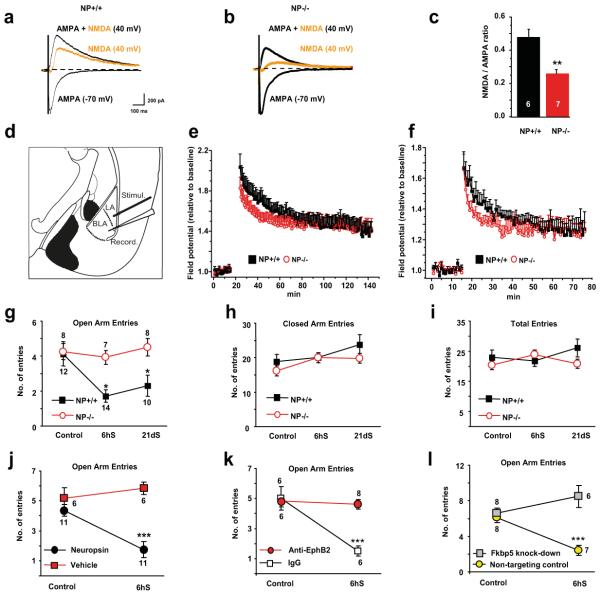Figure 4. Neuropsin controls NMDA receptor current, E-LTP and stress-induced anxiety.
(a-c) Whole-cell recordings from basal nucleus neurons of neuropsin −/− animals demonstrated lower NMDA currents compared to wild-type mice. Induction of LTP in the lateral-basal pathway (d) using a strong (e) or weak (f) protocol revealed an impairment of E-LTP in neuropsin−/− mice. The elevated plus maze test following acute or chronic restraint stress demonstrated lack of anxiety in neuropsin −/− mice as indicated by the number of entries into open arms (g). General locomotor activity was similar in both genotypes (h, i). The behavioural phenotype was reversed by bilaterally injecting neuropsin back into the amygdala of neuropsin−/− mice (j). Stress-induced anxiety in wild-type animals was disrupted by blocking EphB2 (k) or silencing the Fkbp5 gene (l) in the amygdala. NP – neuropsin; LA-lateral amygdala; BLA – basal amygdala; CA – central amygdala; MeA – medial amygdala. Digits inside columns or near symbols indicate n number. 6hS – six hour stress, 21dS – 21 days of daily restraint. *p<0.05, **p<0.01, ***p<0.001. Results shown as mean±SEM.

